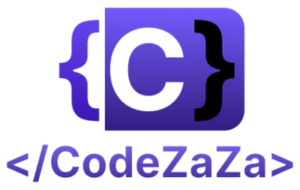Add Your Heading Text Here test
Add Your Heading Text Here
Add Your Heading Text Here
Version control is the backbone of modern software development, and Git is the most widely used version control system in the world. Whether you're working solo or collaborating with a team, Git helps you track changes, manage code history, and coordinate work efficiently. In this blog, we’ll explore Git strategy and cover some essential Git commands every developer should know.
🌟 Why Use Git?
- Tracks Code History: Git saves every change, allowing you to go back to previous versions.
- Collaboration Friendly: Teams can work on the same project simultaneously without overwriting each other’s work.
- Branching: Developers can experiment or work on features in isolated environments (branches).
- Backup: Code pushed to remote repositories like GitHub or GitLab is safely stored.
🧠 Git Strategy (Workflow)
🔁 1. Clone the Repository
git clone https://github.com/username/repository.git🌿 2. Create a New Branch
git checkout -b feature/my-new-feature👨💻 3. Make Changes and Stage Them
git add filename
git add .📝 4. Commit Changes
git commit -m "Add new feature to homepage"📤 5. Push to Remote Repository
git push origin feature/my-new-feature🔁 6. Create a Pull Request (PR)
Request your changes to be merged into the main branch via GitHub/GitLab interface.
🔧 Basic Git Commands Cheat Sheet
| Command | Description |
|---|---|
| git init | Initialize a new Git repository |
| git status | Show current changes and staged files |
| git add <file> | Stage a file for commit |
| git commit -m "message" | Commit staged changes with a message |
| git log | Show commit history |
| git checkout <branch> | Switch to a branch |
| git branch | List all branches |
| git branch <new-branch> | Create a new branch |
| git merge <branch> | Merge a branch into the current branch |
| git pull | Fetch and merge changes from the remote |
| git push | Push local commits to remote repository |
| git clone <repo-url> | Clone a repository |
| git remote -v | View remote repository URLs |
🛠️ Pro Tips
- Use meaningful commit messages.
- Pull often to avoid large merge conflicts.
- Never commit sensitive information (like passwords or API keys).
- Use
.gitignoreto exclude unnecessary files.
🚀 Conclusion
Git is a powerful tool, but its real power comes from understanding how to use it strategically. By mastering the basic commands and following a clean workflow, you can streamline development, collaborate better, and avoid many headaches. Whether you're a beginner or seasoned developer, knowing Git is non-negotiable in today's tech landscape.

